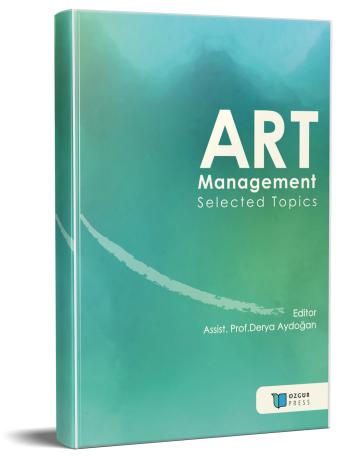
The Magic of Digital Art: A New Experience With Virtual Reality
Şu kitabın bölümü:
Aydoğan,
D.
(ed.)
2025.
Art Management: Selected Topics .
Özet
The interaction between art and technology has significantly transformed the modes of artistic production, presentation, and perception with the advancement of digital technologies. The incorporation of tools such as Virtual Reality (VR), Augmented Reality (AR), and interactive interfaces into artistic practices has redefined the relationship between the artwork and the viewer, enabling the audience to take on a more active role in the experiential process. Due to its multisensory and interactive nature, digital art distinguishes itself from traditional exhibition methods, with experiences evolving into more individualized and participant-centered forms. These changes have influenced not only the presentation of artworks but also the fields of art management and curatorial practices. This study examines the impact of this transformation brought about by digital technologies on exhibition methods, art management, and curatorial approaches. The evolving roles of art managers and curators in the processes of preparing and presenting artworks in digital environments are becoming increasingly inclusive and technologically integrated, thanks to the advantages provided by digital tools. The analysis of the Sanxingdui Museum, located in China’s Sichuan province, serves as a concrete example demonstrating the influence of digital museology on contemporary art management practices. The museum's virtual reality-supported excavation experience enables visitors to engage directly and physically with the past. As a result of this interaction, users gain more lasting and impactful experiences by individualizing their learning processes. Additionally, the development of new and creative methods for the transmission of cultural heritage has enhanced the ways in which visitors connect with historical content. In this context, the Sanxingdui Museum is evaluated as a case that redefines both user experience and the understanding of art management through the implementation of digital museology. This study aims to explore the transformations within curatorship and art management brought about by the opportunities offered by digital art and to reveal how these transformations are reflected in digital applications.

